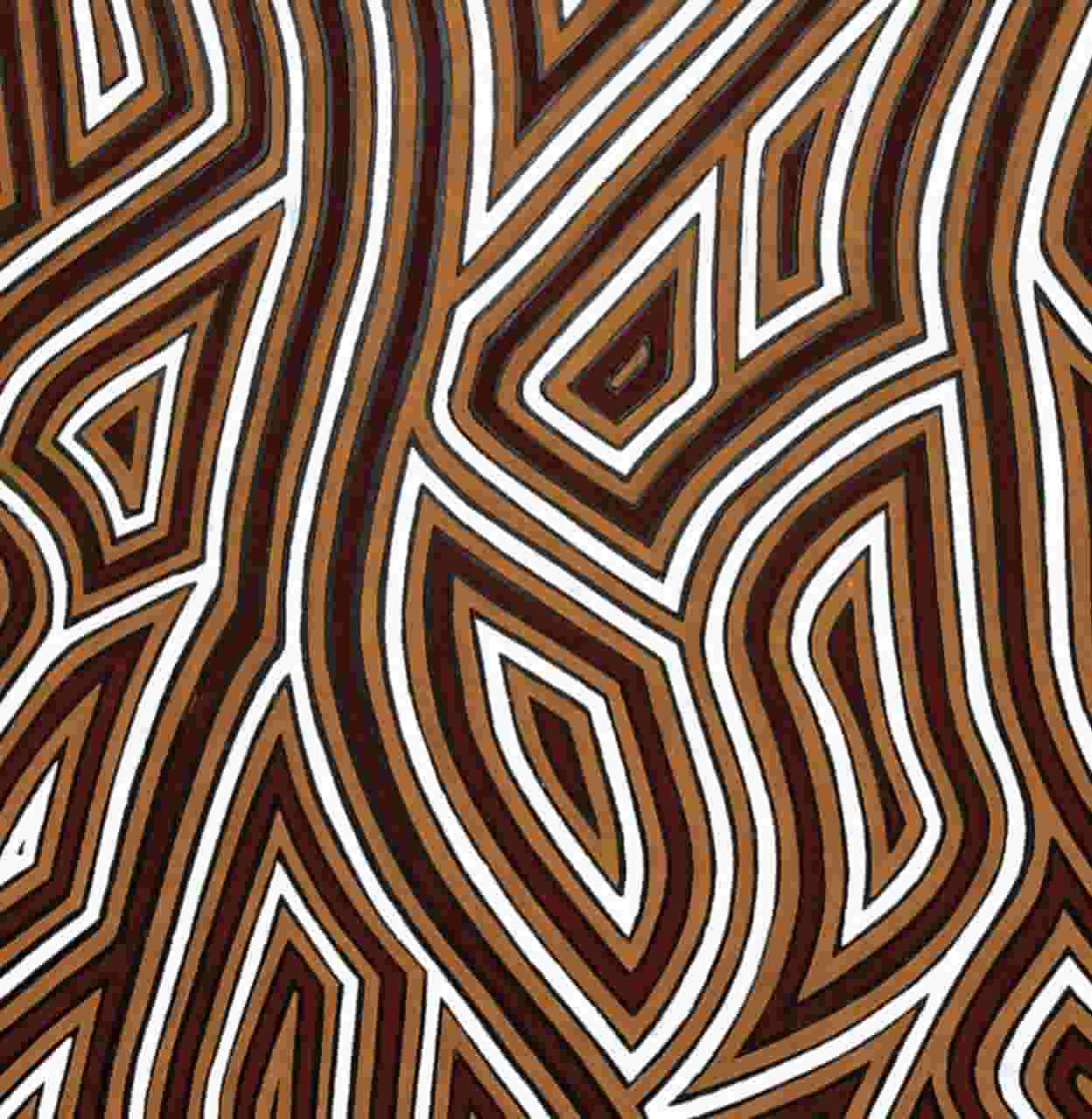Rickets and cage layer fatigue
Rickets and cage layer fatigue
Rickets and cage layer fatigue are nutritional diseases of chickens, turkeys and ducks that results in soft bones. Often the leg bones become bowed and hamper the bird’s ability to stand and walk. The term ‘rickets’ is generally used to describe the condition in young poultry, while ‘osteomalacia’ is often the term used for the disease in adult birds. Caged layer fatigue is a related condition observed in caged laying hens, usually around peak egg production, that may also be associated with osteoporosis, a condition causing brittle bones as a result of reduced bone density.
What causes rickets and cage layer fatigue?
Rickets is caused by a deficiency or imbalance of circulating calcium, vitamin D3 and/or phosphorous. It can be caused by an imbalanced or deficient diet, some medications and also some mould toxins. Caged layer fatigue is thought to be caused primarily by depletion of body stores of calcium as a result of a delay in feeding high calcium feeds during high egg production or a metabolic malfunction that impairs calcium absorption or bone calcification during this production stage.
Prevention and treatment of rickets and cage layer fatigue
For normal bone calcification, calcium and phosphorous need to be supplied in adequate amounts as well as in a ratio of 2:1. Excess of either calcium or phosphorous can cause rickets. Vitamin D3 plays a critical role in regulating the absorption and metabolism of calcium. Therefore, in addition to ensuring that poultry diets have an appropriate level and balance of calcium and phosphorous, they must be adequate in vitamin D3. Bone mineralisation is a constant process and therefore correction of dietary deficiencies or imbalances can ease the condition if identified early enough.
Mould or fungal toxins, called mycotoxins, can have a range of effects on poultry including interference with the absorption of nutrients. Rickets caused through the presence of dietary mycotoxins can be treated by replacing the toxin-contaminated feed and by supplementing vitamin D3 to three or fourfold of the usual levels. There is a higher incidence of bone calcification problems in high producing layer hens housed in cages rather than floor-based housing systems, hence the term cage layer fatigue. This indicates the role of exercise in preventing or treating this condition.

